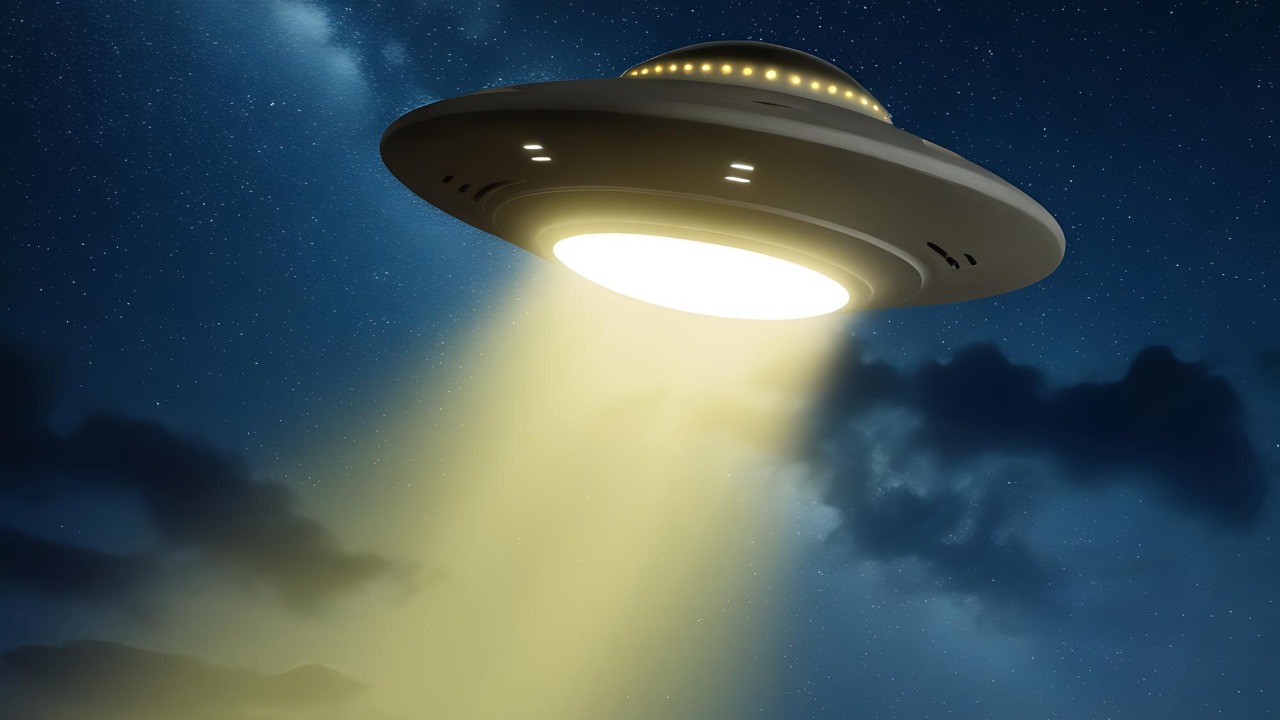
Amid increasing interest and study, scientists are grappling with the reality of UFOs, now often referred to as UAPs (unidentified aerial phenomena), which they acknowledge as real but remain unable to explain. This growing scientific focus on UFOs, highlighted in recent articles from Science Focus and The Planetary Society, underscores both the complexity and urgency of understanding these enigmatic occurrences.
Why Scientists Are Focusing on UFOs Now

Recent developments have prompted scientists to take UFOs more seriously, with a particular emphasis on national security implications. According to Science News, the potential threat that unidentified aerial phenomena pose to national security has become a significant driver for scientific inquiry. This concern has led to increased governmental and military interest, which in turn has spurred the scientific community to investigate these phenomena more rigorously.
Beyond security concerns, scientific curiosity and the potential for groundbreaking discoveries about the universe are also driving this renewed interest. As noted by Science News Explores, the possibility that studying UFOs could lead to new insights into physics or even the discovery of extraterrestrial life is a tantalizing prospect for researchers. This dual motivation of security and discovery is reshaping the scientific approach to UFOs, encouraging a more open-minded and systematic investigation.
In addition to national security and scientific curiosity, the cultural and historical context of UFOs plays a role in why scientists are now more focused on these phenomena. The public’s fascination with UFOs, fueled by decades of media representation and anecdotal reports, has created a societal demand for answers. This cultural backdrop has pressured scientific institutions to address these mysteries more openly and systematically. As highlighted by Science News, the increased transparency from government agencies, including the release of previously classified documents, has further legitimized the scientific pursuit of understanding UAPs.
Moreover, the technological advancements in data collection and analysis have equipped scientists with better tools to study these phenomena. High-resolution satellite imagery, advanced radar systems, and sophisticated data analytics allow for more precise tracking and analysis of UAPs. These technological capabilities, as noted by Science News Explores, enable researchers to gather more reliable data, which is crucial for developing hypotheses and testing them against observed phenomena. This technological edge is pivotal in transforming UFO research from speculative to empirical.
The Reality of UFOs: Evidence and Observations

Many scientists confirm the existence of UFOs based on credible observations and reports, even though explanations remain elusive. According to Science Focus, numerous incidents have been documented where objects exhibit flight characteristics that defy conventional understanding. These observations, often made by trained military personnel and corroborated by advanced radar systems, provide compelling evidence that something unexplained is occurring in our skies.
Specific incidents and data that defy conventional understanding continue to challenge scientific communities. As reported by The Planetary Society, some of these events include objects moving at speeds and with maneuvers that current human technology cannot replicate. These anomalies have led to increased calls for transparency and further investigation to determine the nature and origin of these phenomena.
Further supporting the reality of UFOs, the accumulation of data from diverse sources has strengthened the case for their existence. As reported by The Planetary Society, the integration of eyewitness accounts with technological data from radar and infrared sensors provides a multi-faceted view of these phenomena. This convergence of evidence from different modalities enhances the credibility of the observations and suggests that these are not merely optical illusions or misidentified conventional aircraft.
Additionally, the scientific community is increasingly calling for standardized protocols for reporting and analyzing UFO sightings. This push for standardization, as highlighted by Science Focus, aims to ensure that data collected from various incidents are comparable and can be systematically analyzed. By establishing rigorous methodologies, scientists hope to filter out noise and focus on the most compelling cases that could lead to breakthroughs in understanding these unexplained aerial phenomena.
Scientific Perspectives on Alien Life

The ongoing debate about the existence of extraterrestrial life is informed by studies and surveys of scientists. According to EarthSky, while some scientists maintain skepticism, many agree that the possibility of alien life cannot be dismissed outright. This openness to the potential of extraterrestrial life is partly driven by the vastness of the universe and the increasing discovery of exoplanets in habitable zones.
While definitive evidence of alien life remains elusive, the scientific community continues to explore this possibility with rigorous research and debate. The search for life beyond Earth is not just about UFOs but also involves examining extreme environments on Earth and other celestial bodies where life might exist. This broader context enriches the discussion about UFOs, suggesting that these phenomena could be part of a larger cosmic puzzle.
The search for extraterrestrial life is also being propelled by advancements in astrobiology and the study of extremophiles on Earth. These organisms, which thrive in conditions previously thought inhospitable to life, expand the possibilities of where life might exist beyond our planet. According to EarthSky, the discovery of extremophiles has led scientists to reconsider the potential habitability of environments such as the subsurface oceans of Europa or the methane lakes of Titan. These insights are crucial as they suggest that life could exist in forms and places that are vastly different from Earth.
Furthermore, the ongoing exploration of Mars and the upcoming missions to the outer planets’ moons are driven by the quest to find signs of life. These missions, equipped with sophisticated instruments capable of detecting biosignatures, represent humanity’s most direct efforts to answer the age-old question of whether we are alone in the universe. The implications of finding even microbial life elsewhere would be profound, reshaping our understanding of biology and our place in the cosmos.
Challenges and Implications of Unexplained Phenomena

The inability to fully explain UFOs presents significant challenges to scientific understanding and methodologies. As noted by Science Focus, the lack of concrete explanations for these phenomena challenges existing scientific paradigms and calls for new approaches to data collection and analysis. This challenge is compounded by the need for interdisciplinary collaboration, as understanding UFOs may require insights from physics, engineering, and even psychology.
Implications for future research and technology development are profound, as scientists seek to unlock these mysteries. According to Science News Explores, the study of UFOs could lead to advancements in technology and a better understanding of the universe. As researchers continue to investigate these phenomena, the potential for new discoveries remains a powerful motivator, driving the scientific community to push the boundaries of current knowledge.